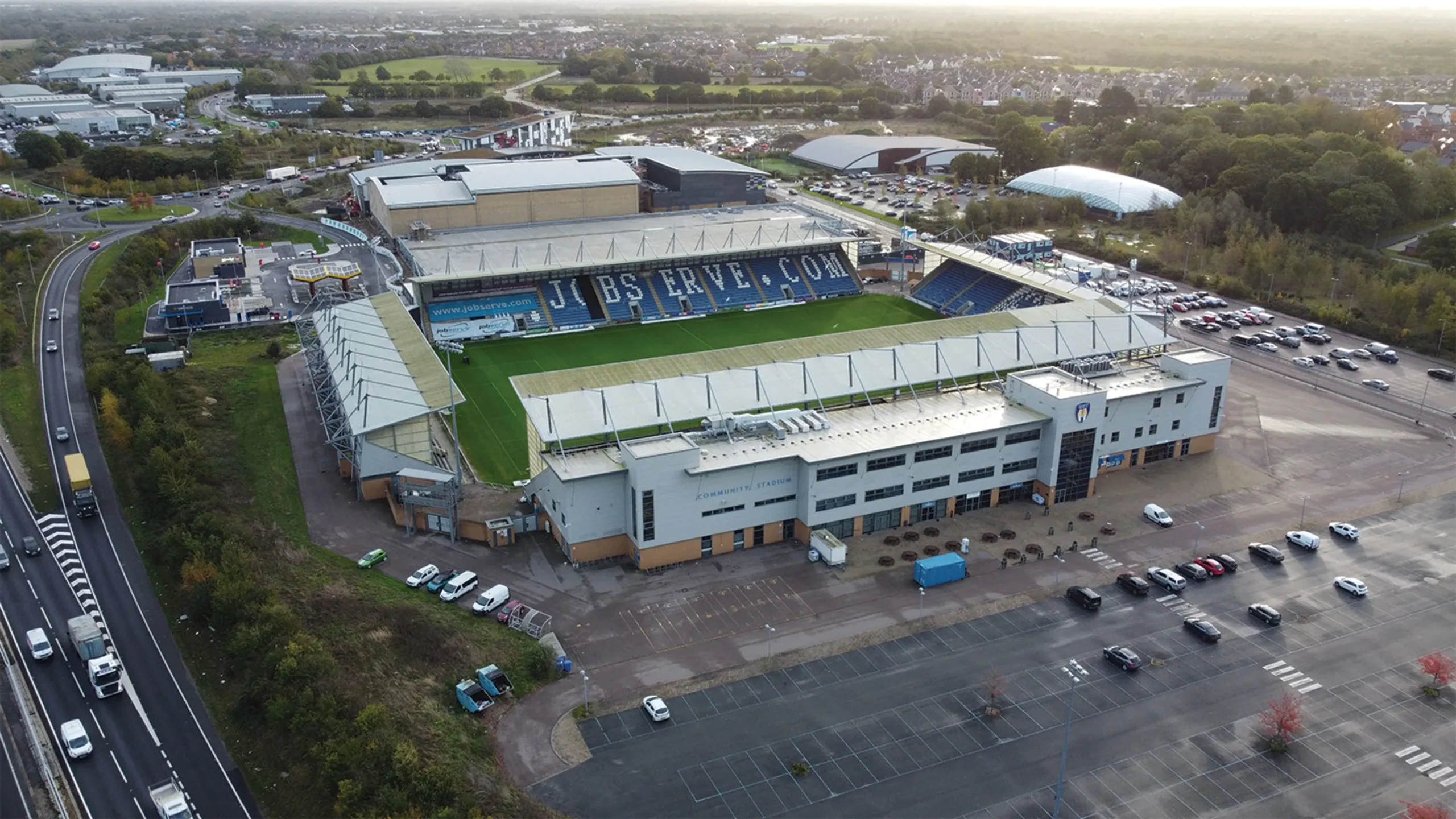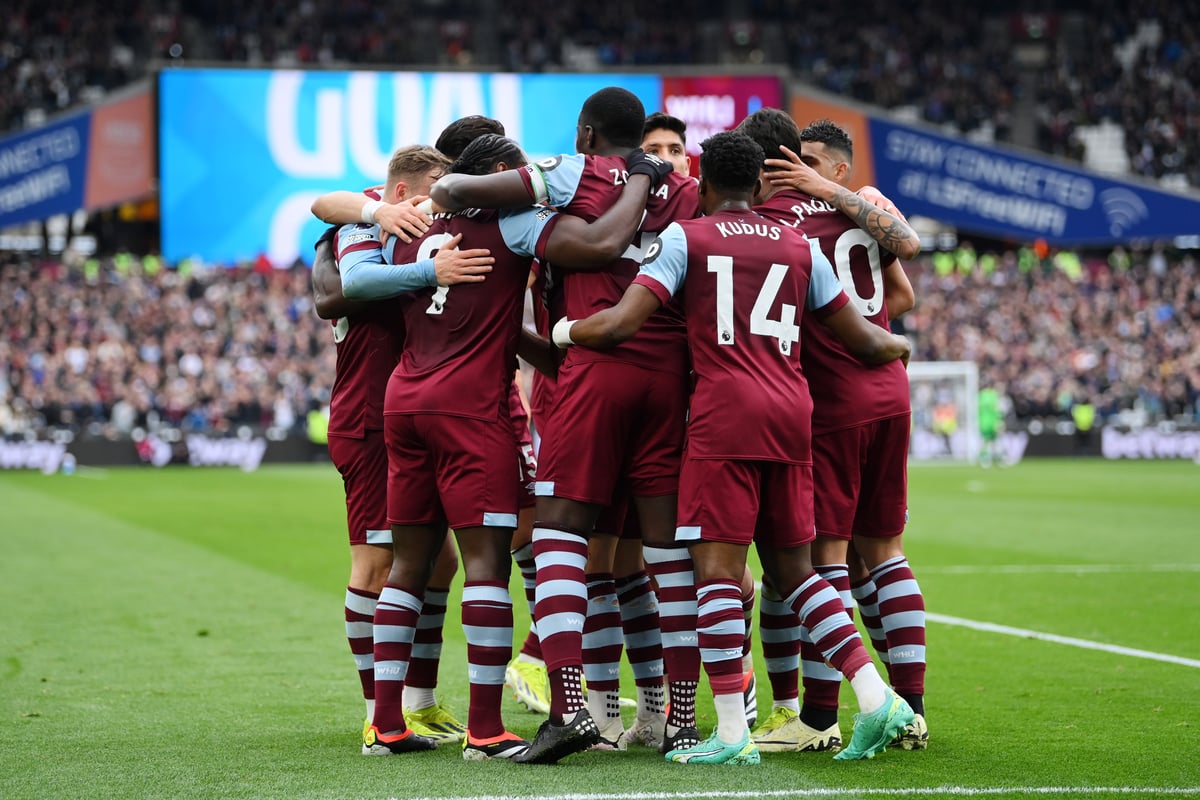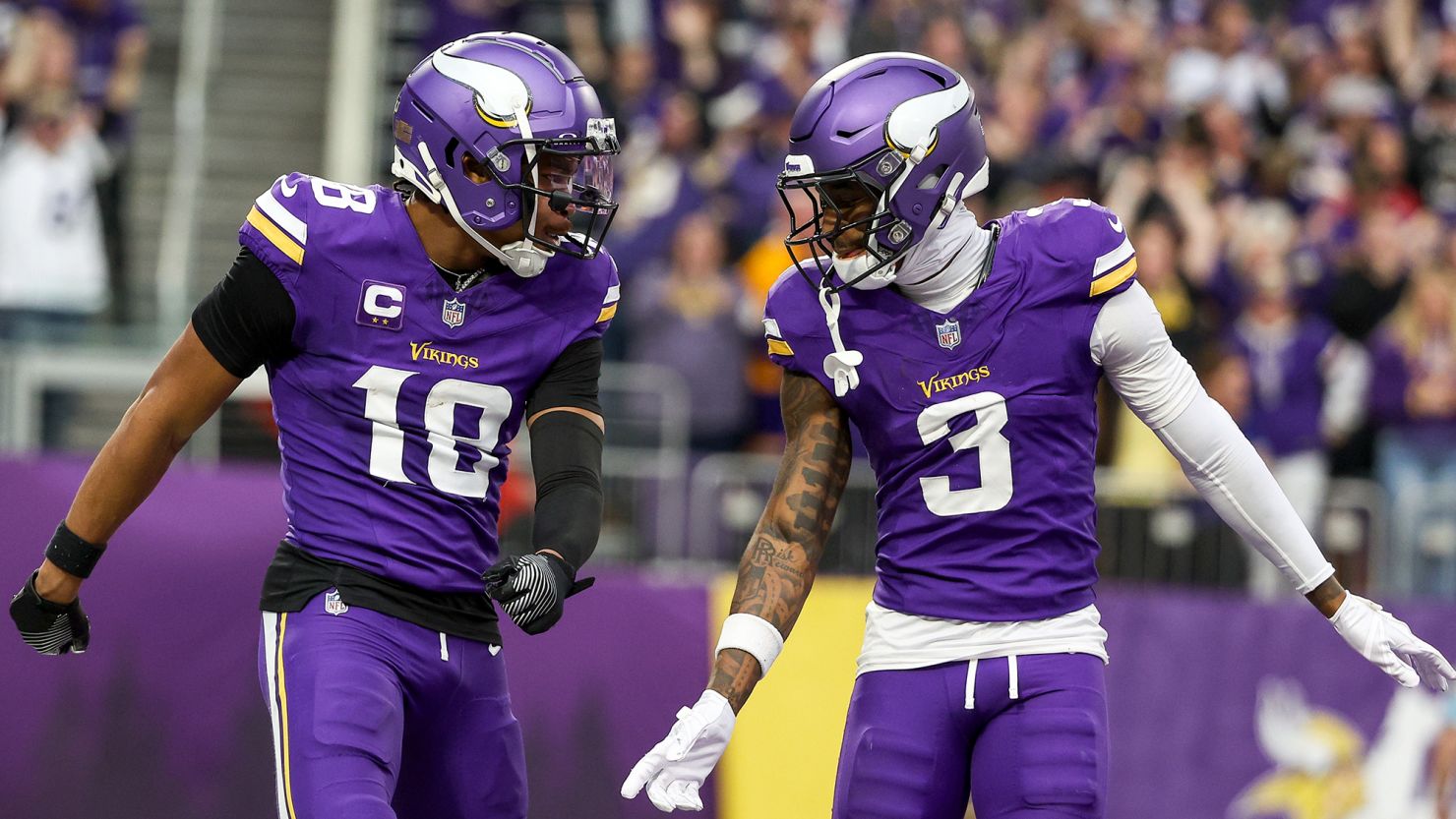Danny Hill, Virsolus
After nearly two decades at the helm, Robbie Cowling has officially placed Colchester United Football Club back on the market. His exit marks the end of a 19-year tenure, and unlike many lower-league sales, the offer is debt-free. Cowling is seeking a buyer prepared to commit both financially and strategically, on and off the pitch.
This move comes after a failed US consortium bid earlier in 2024 — highlighting both the challenges and opportunities tied to clubs in England’s lower divisions.
The Challenges for Buyers
Colchester United’s numbers underline why a turnaround will not be straightforward:
- Persistent losses – Revenues have grown, but the club has remained loss-making year after year.
- Negative balance sheet – Net assets have deteriorated to -£36m as of March 2024.
- Stadium lease – The club plays at a ground owned by Colchester City Council. Without stadium ownership, there’s limited asset-backed security or upside in valuation.
- On-field stagnation – A stable League Two presence, but little progress in terms of promotions or cup runs.
- Category 2 Academy – A rare status at this level, yet one that has not translated into significant player development success.
The Strategic Upside
Where Colchester becomes intriguing is less in the balance sheet and more in the market positioning.
- Catchment strength – With a population of nearly 200,000, Colchester is a sizeable football city in its own right.
- Limited local competition – Beyond Southend United (now non-league), Ipswich Town to the north, and the pull of East London clubs to the west, Colchester has the potential to act as a regional football hub.
- Community reach – Positioned as Essex’s lone professional club of scale, it can command loyalty if marketed with intent and investment.
For investors looking to anchor themselves in English football, Colchester offers a market footprint that other League Two clubs cannot easily replicate.
Valuation Benchmarks
Valuing Colchester is complex — but comparisons across the lower leagues provide some clarity:
- Southend United (2023): ~£1–2m (distressed sale, stadium issues)
- Oldham Athletic (2022): ~£2m
- Wrexham (2021, pre-Hollywood): ~£2m
- Gillingham (2022): ~£5–6m (healthier asset and revenue base)
League Two sides typically transact at 0.2x–0.5x turnover. Colchester’s consistent losses and lack of stadium ownership place it at the lower end of that range.
- Likely fair value today: £3m–£4m
- Required near-term investment: £10m–£15m
That figure is significantly below the cumulative equity support Cowling has provided during his ownership.
The Investment Case
For the right buyer, Colchester United represents a long-term market play. The accounts may discourage short-term investors, but the combination of a captive catchment, untapped regional identity, and lower-league entry point could prove attractive.
In a football ecosystem where many clubs in the southeast are either over-saturated (London) or operating at higher valuations (Ipswich in the Championship), Colchester offers a rare platform: a professional football club with space to grow into its geography.
Final Word
The sale of Colchester United is not about the past 19 years of accounts — it’s about whether a new owner can unlock the latent regional potential. At a fair price, with a patient strategy, Colchester could transition from a loss-making League Two side into a regional hub with a defined identity in English football.
Don’t Just Watch Sport, Understand It. Join the 365247 Newsletter for daily insights
For brands, agencies and services
IMAGE: Colchester United


